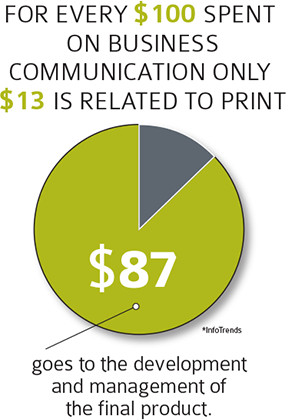More and more, we are hearing about print personalization, or variable data printing, to achieve higher response rates and better ROI. But does personalizing by name, geographic location, or demographic information really make that much difference? Can’t you just achieve higher response rates with a better offer? An over-sized postcard? Or a really great design? These things do increase response rates, but they aren’t replacements for a personalized approach.
Consider these research findings:
- 56% of consumers are more likely to buy from a retailer that recognizes them by name. (Accenture)
- 59% of consumers say that personalization influences their purchase decisions. (Infosys)
- 84% of consumers say personalization makes them more likely to open a direct mail piece. (InfoTrends)
Personalization works because it’s, well, personal. From a consumer perspective, it’s less about what’s good for the marketer and more about what’s good for them.
Why does it work? Just think about how you are being marketed to. What motivates you as a consumer? When you shop online, you are asked to register so that the site can greet you by name. Cookies follow your every move so that when you return, the page views are customized to your purchase or viewing patterns. At the grocery store, your receipt is printed with coupons based on the items you just purchased. When you receive mail from your financial advisor, it contains information only on those funds in which you have invested or that are relevent to you based on your past investment history.
Consumers—all of us—are used to being marketed to on a 1:1 basis, even if we don’t think about it this way. Personalization has become so ingrained in our experience that we barely realize it anymore. If you aren’t incorporating personalization into your print marketing (as well as your email and other digital channels), you are out of step with marketing’s cutting edge.
Need help personalizing your next print or multichannel marketing campaign? Let us help!



